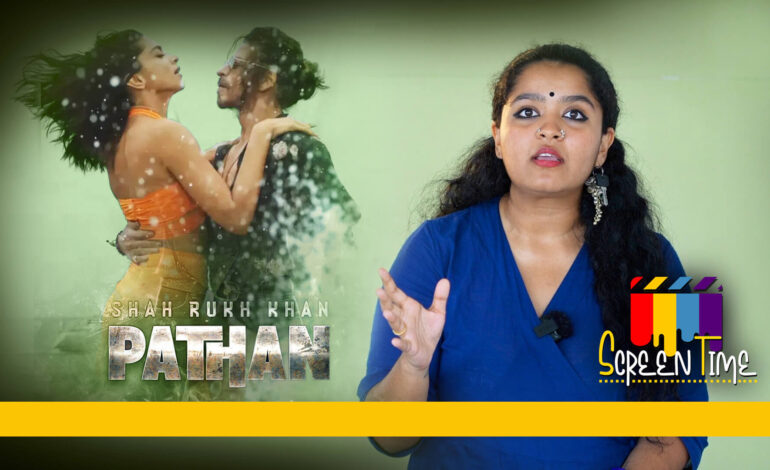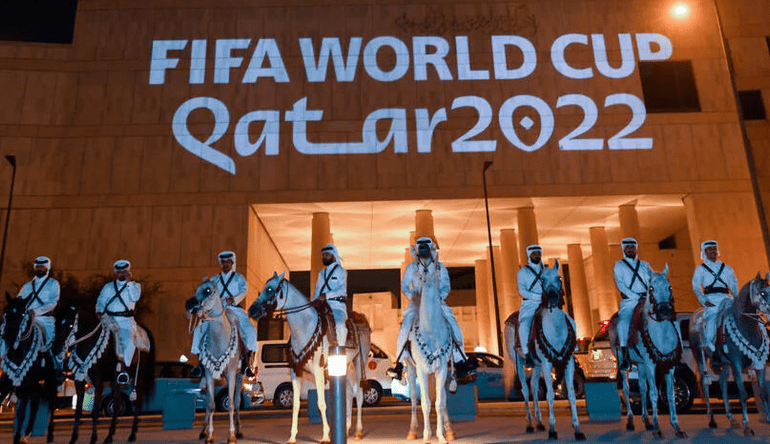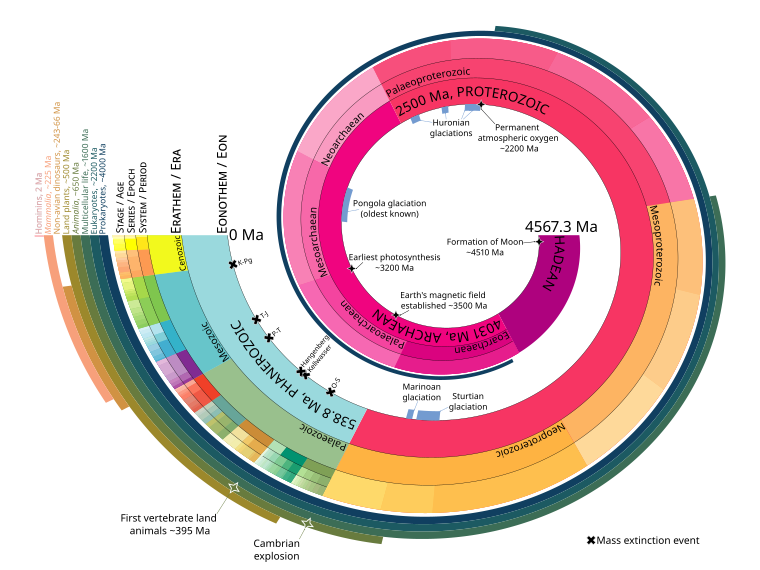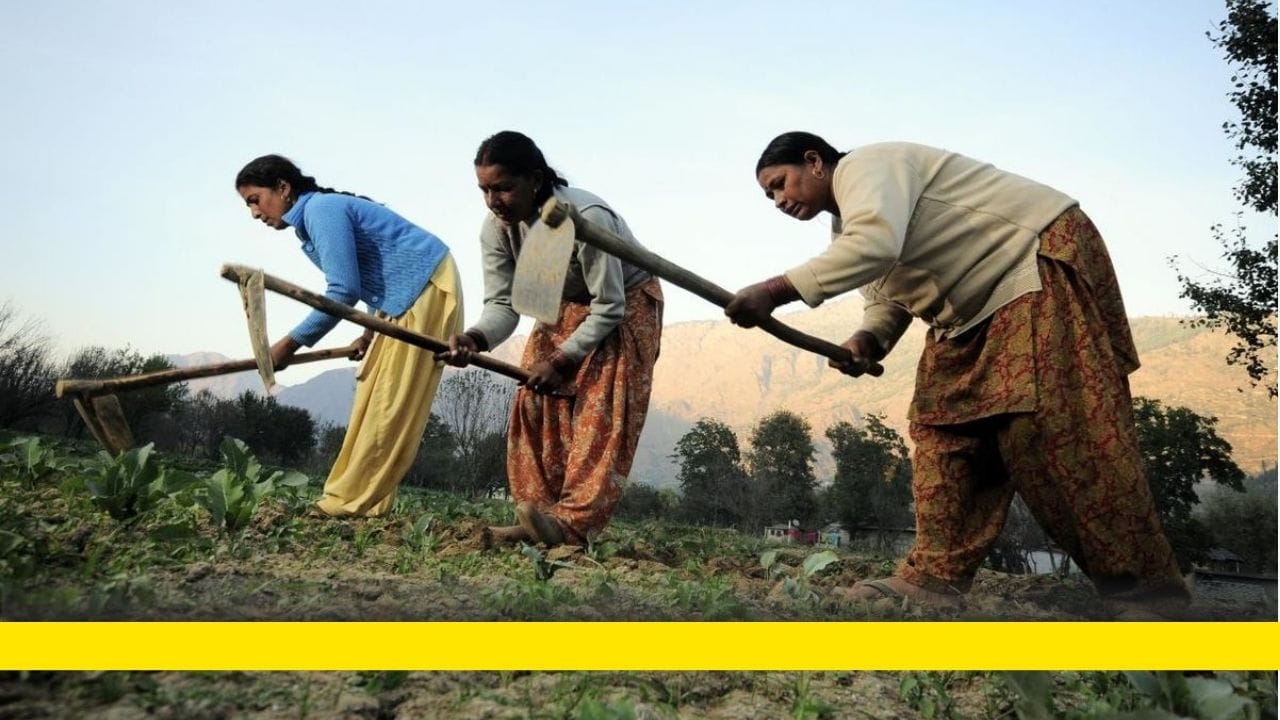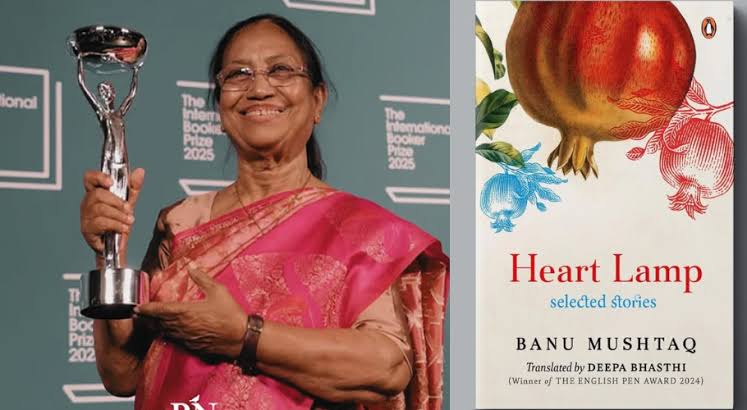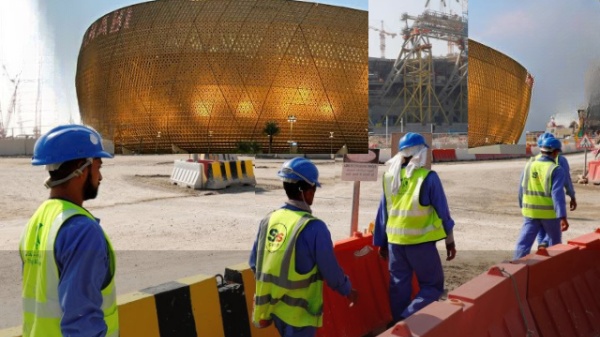
December 18 is observed as the International Migrants Day. This is to mark the anniversary of the 1990 adoption by the United Nations General Assembly (UNGA) of the International Convention on the Protection of the rights of all migrant workers and their families. The AIDEM is presenting a series highlighting the issues faced by migrant workers across the world, with a special focus on India. This is the second article in the series
December 18, 2022 will be remembered as the day on which the FIFA World Cup came to a close in Qatar’s iconic Lusail Stadium. The day would witness the grand celebrations and smiles of the fans and the team that wins the World Cup as well as the tears and disappointments of the losers. Whoever wins or loses, the close of the “greatest show on Earth” would be a majestic event. But looking back, all the events and processes leading up to this grand day were not celebratory or fabulous.
On this very day (December 18), falls the International Migrants Day as recognised by the United Nations. The day where the suffocated and detached emotions of migrants, marked by a sense of deep alienation, is sought to be highlighted and respected even as their livelihood challenges and contributions to society and the world are acknowledged.
The World Migration Report published by the International Organization for Migration (IOM) states that an estimated 272 million individuals, 3.5% of global population, are international migrants. For the migrant workers in Qatar this Migrants Day is extra special as the 2022 FIFA World Cup Finals, is the ultimate result of the blood, sweat and tears of thousands of migrant workers who came to Qatar with hopes of making a livelihood. In the process, what they achieved is the grand success of an international event, bringing it to a joyful conclusion.
When Qatar won the bid to host the 2022 World Cup, they were in no position to conduct a tournament of this scale. It was sure that Qatar needed huge infrastructural development but what was the cost?
The $220 billion nation-building project of Qatar started in 2010, 12 years before the tournament was scheduled to begin. Various developments happened simultaneously in Qatar in preparation for the grand tournament. These included establishment of new motorways, hostels, hotels, new metro system, airport expansion and an entire new city in Lusail. The unquestionable ability of Qatar in hosting this tournament was well praised by large sections of the international community, but there were also questions about how the country and its rulers handled the migrant labourers, the real forces that took all these preparations forward in a systematic manner. Notwithstanding such pertinent questions, the verdict at the end of World Cup is that Qatar has been able to provide the audience and teams with tremendous facilities and infrastructure, all marked by comfort and efficiency, essentially on the strength of the migrant workers.
Qatar faced and still continues to face numerous allegations related to worker mistreatment, wage inequality and human rights violations. Migrants from various nations were involved in the multi-billion dollar super projects. India, in the years leading up to the World Cup, issued more than 2 Lakh labour permits for its citizens to work in Qatar. Other labour providing countries in South Asia – such as Pakistan, Nepal, Bangladesh and Sri Lanka – also contributed. These migrant workers literally strove so hard to make the World Cup event possible that many of them paid with their lives.
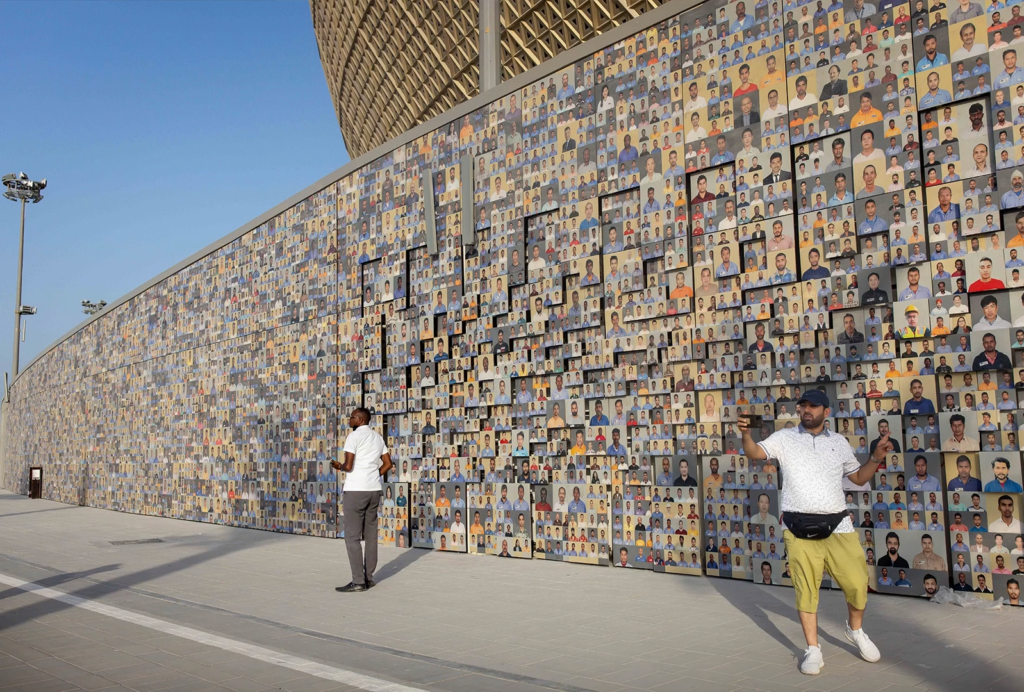
These who lost lives were hailed and remembered in a huge mural depicting thousands of faces of migrant workers. Undoubtedly, it was an arresting feature for visitors to Qatar’s flagship stadium in the months leading to the World Cup. However, this ‘migrants’ wall’, an artistic legacy that saluted the sacrifice of these workers, was taken down days before the inauguration of the tournament. A Legacy hidden along with the ignominy related to it.
Though bodies related to FIFA looking after the “labour issues” related to the Qatar World Cup said it would compensate the workers through a ‘Legacy Fund’ it is yet to become a reality. Later, many officials said at a press conference that the Legacy Fund will be used in Education projects in developing countries. When questioned on their responsibilities regarding the workers, the officials started claiming, that under the “Qatar Labour Law”, only injuries and deaths related to work will be taken under the responsibility of the employer.
In this background, there were also reports that several deaths of migrant workers, especially those migrants who were otherwise healthy, were marked as heart attacks or respiratory failure in lieu of workplace accident deaths, when their cases reached for passing medical procedures. Hassan al-Thawadi, Secretary General of Qatar’s Supreme Committee for Delivery and Legacy, admitted in a TV interview that there have been “between 400 and 500 migrant worker deaths in the last 12 years from any construction related… to the World Cup.” It was indeed a striking admission from a Qatari official. In this context, Amnesty International and the Human Rights Organization have called upon FIFA to sanction a fund of $440 million matching the World Cup prize. They have also outlined a 10-point action plan for strengthening its labour reform process.
As the FIFA World Cup Finals comes to an end with millions of viewers across the world cheering the grand finale, the hopes of thousands of migrant workers and their organisations is that these appeals from organisations like Amnesty International would have some decisive impact on the Qatari officials. Still, the dismantling of the “Migrants Wall” and the consequent masking of the suffocations of an entire community who dedicated themselves to make the World Cup happen, continues to rankle a large majority of them.
There is yet another view that the debates on the ‘Migrant wall’ or the ‘Legacy fund’ are only efforts to obfuscate the actual, realistic conflicts that a country like Qatar is facing. The fact is that the hard questions towards the source of power and the silence of and from the these pillars of power will continue to reverberate in the days to come, clearly overshadowing the cheers from the stadiums. In other words, the resounding questions and the silence from the powers that be would be like funeral wreaths that decorate the edifices of the human sacrifices by the migrant workers.
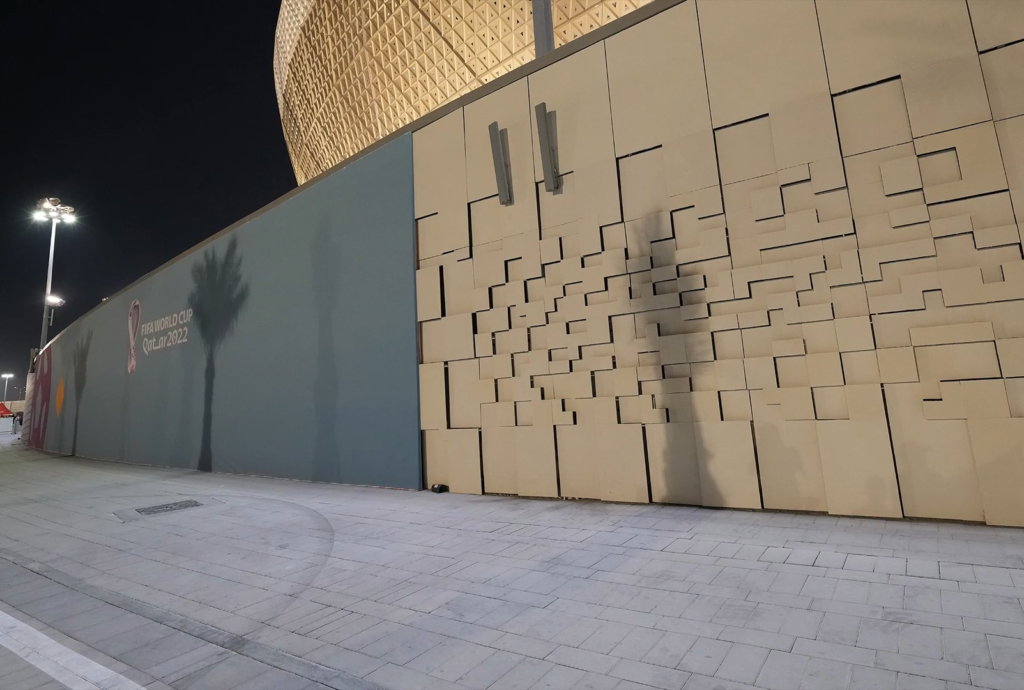
It is an ardent wish among the migrant communities in Qatar that the celebrations marking the conclusion of a great World Cup would lead to rewards for the migrant hands, who literally were the pillars behind the great heights to which this event rose in the past few weeks. When close to a million fans chant for their favourite team and celebrate in the well constructed Lusail Stadium, discerning listeners would also hear the forgotten cries and woes of migrants and their families that echoes and shall continue to echo till justice is done to them and their families.
With inputs from Alida Shahid
Subscribe to our channels on YouTube & WhatsApp


